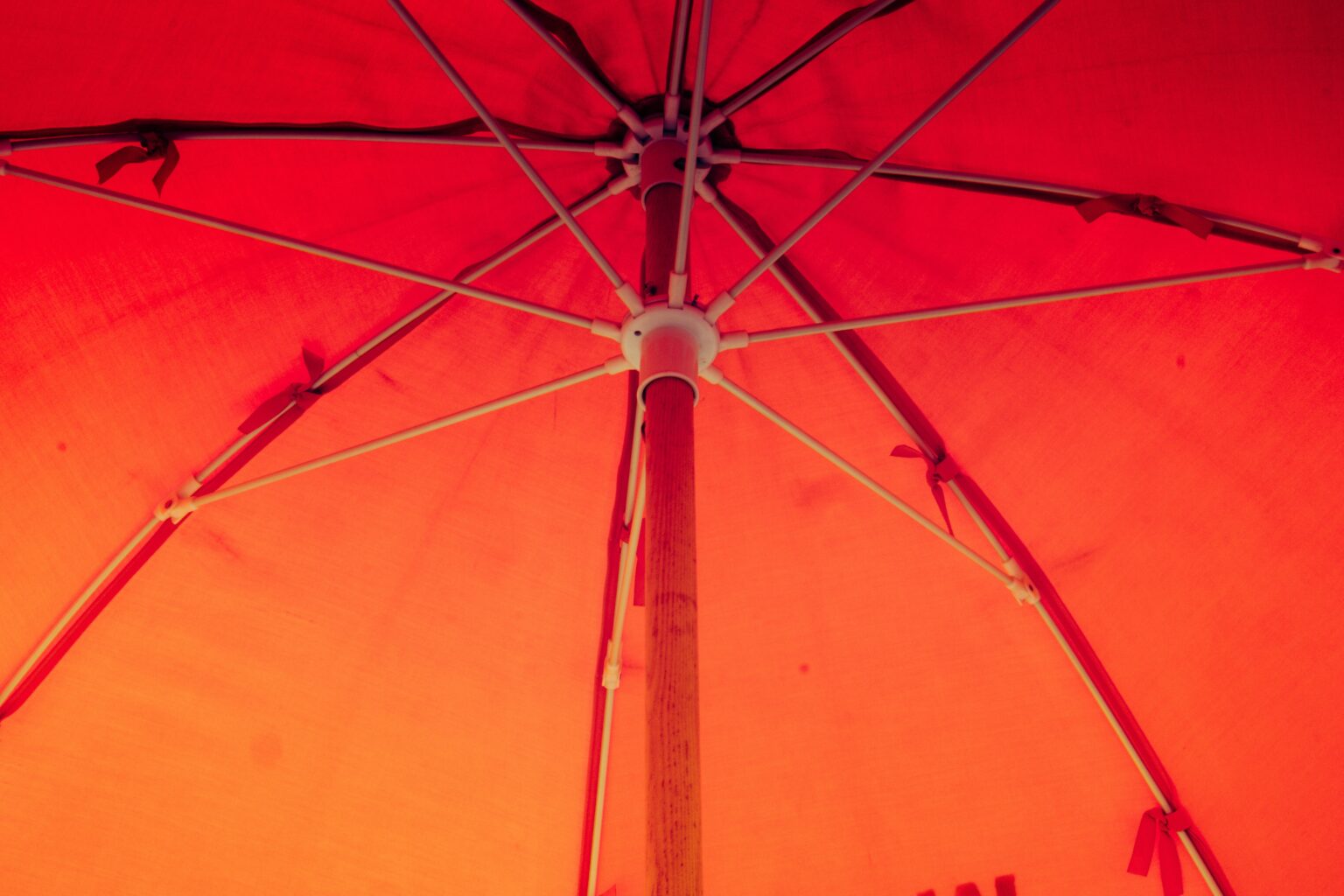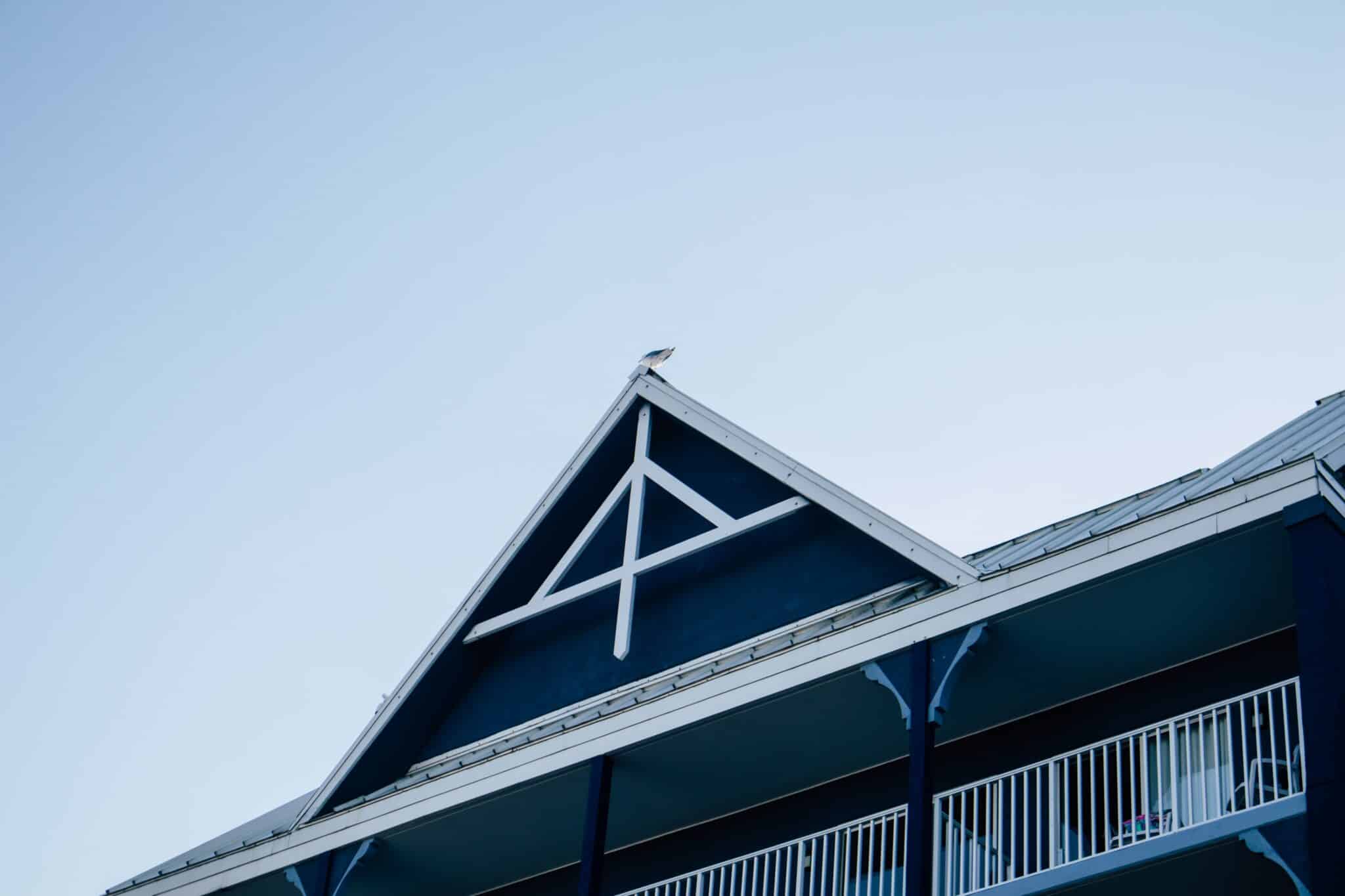Errors and Omissions Claims Examples: How professional liability insurance works for home inspectors
Last Updated November 9, 2023

In the words of InspectorPro broker Aaron Menlove: “It happens all the time.”
We get a phone call from someone who doesn’t carry insurance. While they were confident they didn’t need insurance before, they since had to face a claim on their own, and it didn’t go so well. Perhaps they weren’t sure how to respond to the complaint initially and inadvertently made it worse. Maybe they struggled to find legal counsel familiar with the home inspection industry. Or perhaps it cost a pretty penny to finally resolve the complaint. Whatever the reason it went wrong, this inspector doesn’t want to have the same experience again. So, they’ve called us to purchase home inspector insurance.
But even if you know you want insurance, you may wonder what type of coverage to purchase. What do the different types of insurance really do? And what types and amounts of insurance protection make the most sense for your business?
This year, in the Managing Risk column, we’ll explore common home inspector insurance products and questions so you can make educated purchasing decisions for your business. We start with the most common and important coverage of all: errors and omissions insurance and the most common E&O claims.
What is errors and omissions insurance?
Errors and omissions (E&O) insurance, also known as professional liability, protects you when your clients accuse you of missing something during their inspection—or, at the very least, leaving it out of your report. In other words, you’re protected when clients accuse you of not doing your job right.
Home inspector insurance requirements vary by state. As of January 2023, 31 states (62 percent) require home inspector professional liability insurance. But your work doesn’t stop at knowing your state’s home inspector insurance requirements. Even if your state doesn’t require it, we and other experts in the field strongly encourage you to carry errors and omissions insurance to avoid large payouts for claims and to receive claims handling and defense.
The vast majority of home inspector insurance claims are for alleged mistakes or oversights. Without insurance, you’re responsible to find and fund representation in an errors and omissions lawsuit. If you reach a settlement or judgment, you’re responsible to pay that cost on your own. When home inspectors pay to resolve claims out of their own pockets, the emotional and financial burden can be so significant they go out of business.
Alternatively, by carrying home inspector profession
al liability insurance, you can safeguard your business. Whether you make a mistake, leave something out of your report, or receive a frivolous allegation, home inspector E&O insurance can give you peace of mind and protection.
To learn about how errors and omissions coverage differs from other types of insurance, like general liability and equipment coverage, click here.
E&O claims examples
Typically, E&O claims arise from accusations of wrongful acts. Errors and omissions examples include:
- Neglect: Failing to find or report a defect
- Failure to Perform: Not meeting specified terms in your pre-inspection agreement
- Bad Advice: Not providing appropriate (or any) recommendations for reported defects
Let’s explore an example of each of these E&O claims types.
 The Damaged Roof: A Neglect Claim
The Damaged Roof: A Neglect Claim
Two months after the inspection, the clients contacted their home inspector with two estimates for roofing and gutter repair. According to the claimants, their inspector had failed to inform them of hail damage to their roof and gutters and he should, therefore, pay for repair and replacement.
The claimants’ allegations were meritless. In multiple places in the inspection report, the inspector noted roof deficiencies and damage and provided photos of the defective areas. Additionally, the inspector recommended the claimants contact a qualified contractor to repair or replace the roof. In this case, professional liability insurance helped respond to and resolve the customers’ complaint of neglect. But even if the inspector had been at fault, his E&O policy would have given him the same help.
The Detached Garage: A Failure to Perform Claim
Six months after the inspection, a home inspector received a letter from an attorney announcing their clients’ intentions to file suit. The claimants’ detached garage had severe foundation issues that threatened the building’s structural integrity. According to the attorney, the outer foundational wall was just boards holding loose gravel. The claimants’ bid to repair the wall was more than $30,000.
In his inspection report, the home inspector argued that, because the garage was detached, it was outside of his inspection’s scope. He didn’t examine the inside or outside of the garage. However, according to the ASHI Standard of Practice, which the inspector cited in his pre-inspection agreement as his inspection guidelines, inspections include detached garages and carports (ASHI SOP 13.1.C.).
In this example, the home inspector was, in fact, liable. His agreement’s scope included the garage, yet he omitted the garage from his report. Errors and omissions insurance can cover such claims for failure to perform inspection services.
The Prediction: A Bad Advice Claim
During a four-point inspection, a home inspector examined a 13-year-old roof. In his inspection report, he stated that the roof showed normal wear and tear for its age but should last another seven years before needing repairs or replacement.
But the roof didn’t last that long. Two and a half years after the inspection, his clients had such a substantial roof leak that a contractor recommended they get an entirely new roof.
In this case, the inspector’s recommendation to wait seven years before looking into repairing or replacing their roof was inappropriate. Unable to predict damage that could happen in the future, the inspector should not have promised that the client’s roof would last any amount of time. But mistakes happen, and errors and omissions insurance may cover such claims for bad advice.
E&O claims and home inspectors
It happens all the time, but it doesn’t have to happen to you. Don’t wait to confront a client complaint on your own before choosing to carry insurance. By carrying errors and omissions coverage now, you can have peace of mind and protection against the most common E&O claims. We hope you’ll start the new year off right by safeguarding your inspection business.
Already have professional liability insurance and are curious about what would happen if you received an E&O claim? Learn what to expect if you get an errors and omissions claim here.
This article was published in the January 2023 issue of the ASHI Reporter.






